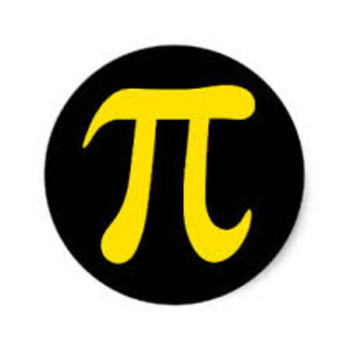What is the probability of getting a sum of either 7, 11, or 12 on a roll of two dice?
2 Answers
The probability is
Explanation:
Let's first take a look at the probability for one of those sums.
There are
#(1,1), (1,2), ..., (1, 6)#
#(2, 1), (2, 2), ..., (2,6)#
#...#
#(6,1), (6,2), ..., (6,6)#
The probability of each one of those is
- How many possible combinations of two dice will give you a sum of
#7# ? There are#6# combinations:#(1,6)# ,#(6,1)# ,#(2,5)# ,#(5,2)# ,# (3,4)# and#(4,3)# .
#=> P("sum"=7) = 6 * 1/36 = 6/36 = 1/6#
- For a sum of
#11# , there are#2# combinations:#(5,6)# and#(6,5)# .
#=> P("sum"=11) = 2 * 1/36 = 2/36 = 1/18#
- For a sum of
#12# , there is just#1# combinations:#(6,6)# .
#=> P("sum"=12) = 1/36#
Now, how do you combine those three probabilities?
The events "
For independent events
#P(A " or " B) = P(A) + P(B)#
Thus, our probability is
#P = P("sum"=7) + P("sum"=11) + P("sum"=12)#
#= 6/36 + 2/36 + 1/36 = 9/36#
#= 1/4#
#= 25%#
Explanation:
You can draw up a possibility space and count how many of the outcomes meet the requirements.
The following array shows the sum of two dice thrown.
(Created by Parzival)
#{: (color(white)(0)," "ul1" "," "ul2" "," "ul3" "," "ul4" "," "ul5" "," "ul6" "),(1|," "2" "," "3" "," "4" "," "5" "," "6" "," "color(red)(7)" "),(2|," "3" "," "4" "," "5" "," "6" "," "color(red)(7)" "," "8" "),(3|," "4" "," "5" "," "6" "," "color(red)(7)" "," "8" "," "9" "),(4|," "5" "," "6" "," "color(red)(7)" "," "8" "," "9" "," "10" "),(5|," "6" "," "color(red)(7)" "," "8" "," "9" "," "10" "," "color(red)(11)" "),(6|," "color(red)(7)" "," "8" "," "9" "," "10" "," "color(red)(11)" "," "color(red)(12)" ") :}#
There are
Of these there are


